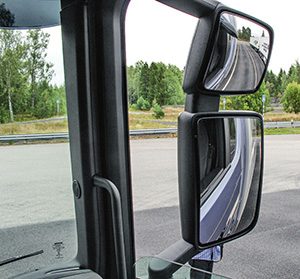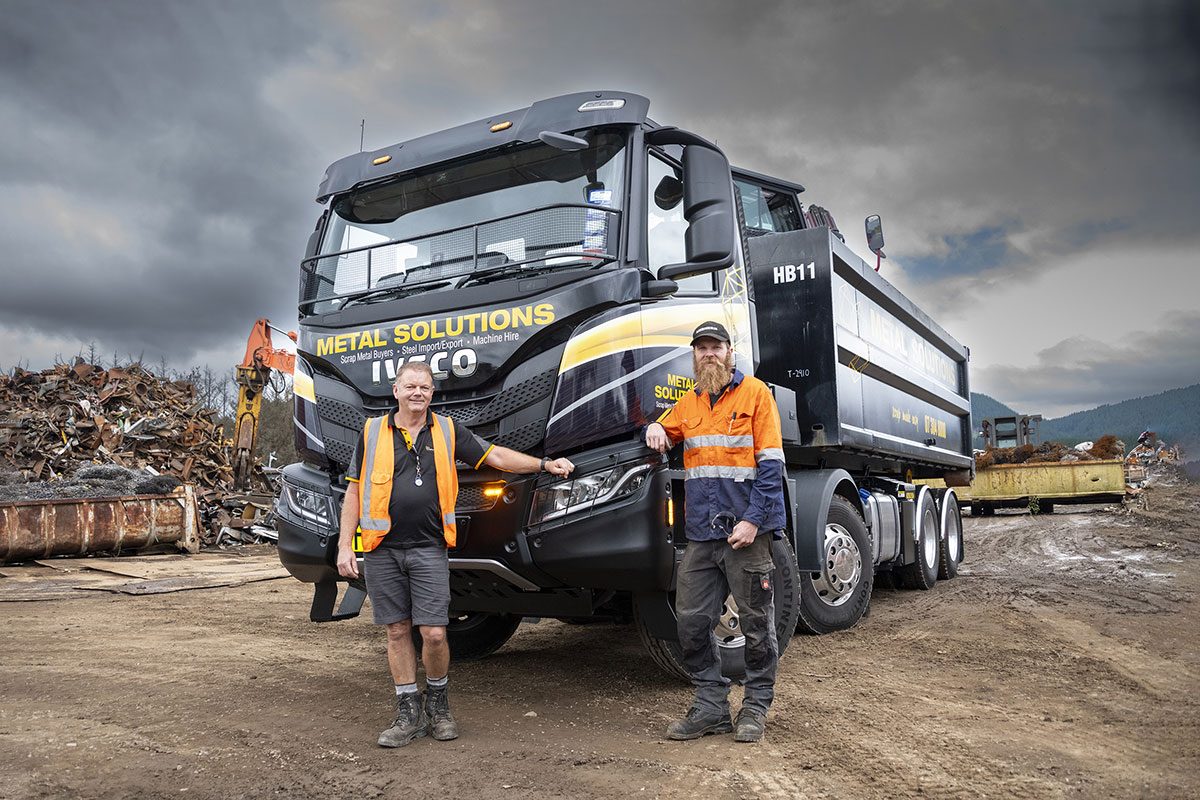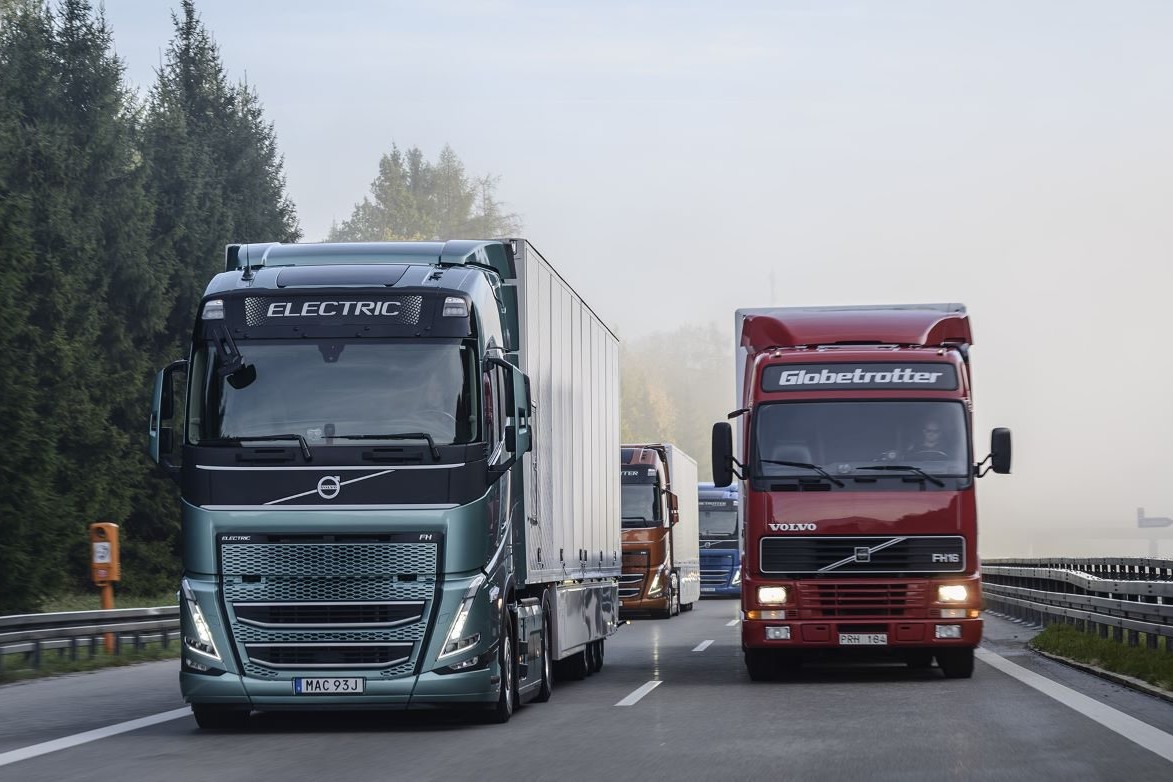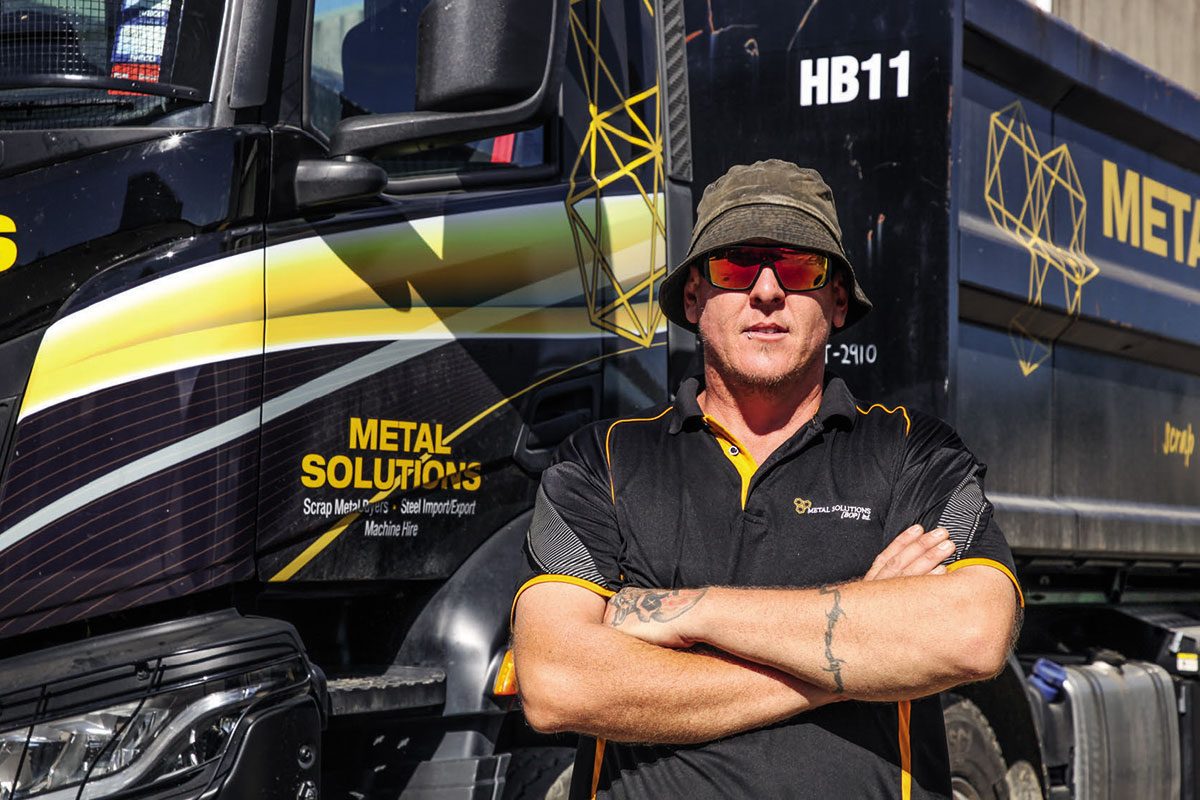
A decade might seem like a long time to wait for a new truck range, but in the case of Scania‘s new heavies, it‘s been well worth it. Brian Weatherley reports from Sweden.
One thing you can say about Scania, it doesn‘t rush into things. It‘s taken the Swedish truck maker 10 years and an eye-watering €2bn euros to bring its new truck range to market.
To be fair to the folks in Södertälje (Scania‘s manufacturing home-town and HQ) there‘s been a lot at stake. The Griffin brand has long been the ultimate object of desire for thousands of European long-haul drivers and replacing the old R Series with a new line-up hasn‘t been without its challenges.
Scania has created a new modular cab range which appears first on its latest R and S Series – the S cab being a true flat floor design, a first for the manufacturer. Both R and S come with a choice of either a standard roof sleeper cab or the highroof ‘Highline‘. The new standard roof cab is 10cm higher than the old model and the Highline 16cm taller than its predecessor. Thanks to a major interior redesign that features a slimmer dashboard, both have more space inside too.
Head designer Kristofer Hansén says Scania considered taking its existing R Series cab shell and restyling outer body panels, but it would have involved too many compromises; developing the all-new modular range was the most costeffective solution. From the outside the latest R and S Series cabs are certainly attractive and have superior aerodynamics, contributing to a 2% reduction in fuel economy.


A revised windscreen profile, smoother cab corners, tighter panel gaps, improved top deflector, more integrated side-skirts and a new under-bumper valance ensure the latest R and S cabins slice through the air much cleaner. Even the wipers, rear-view mirrors and headlights and spotlights have had the full aero treatment. Gone, however, is the external sun visor, renowned for creating drag and no longer a standard fitting.
One of the most important changes inside the cab is the repositioning of the driver‘s seat 65mm closer to the windscreen and 20mm outwards towards the door. The upshot of that is the driver feels a lot closer to the action, with more control, especially in tight situations.
When you add that revised seating position to the new cabs‘ lowered dashboard, narrower A pillars, increased door glass, and bigger gap between the mirrors and the A pillars, you end up with significantly improved driver sightlines, especially when approaching roundabouts and in busy urban traffic. Scania says its changes deliver an even more commanding overview of the truck‘s immediate surroundings, and having driven the new models, we agree 100%.

Along with its new cabs Scania has also made changes to its powertrains. While its previous Euro 6 13-litre six-pots and 16-litre V8s are carried over to the new range, they‘ve gained reworked combustion chambers and new injectors. Other tweaks include new thermostats on the 13-litre‘s lubrication system which allow the engine to run slighter hotter, thereby reducing internal friction and aiding fuel economy. The cooling fans (previously gear-driven) are now directly-driven and in some cases feature larger diameter fans too. More space under the new cabs has allowed the fitment of a larger inter-cooler radiator, meaning a greater volume of cooled intake air can be pushed into the cylinders.
At the top end of the 13-litre line-up the previous 490hp rating has been replaced by a 500hp version, though torque output remains the same at 2,550Nm. All four 13-litre sixpots (offered at 370, 410, 450 and 500hp) are now SCR only and have a fixed-geometry turbocharger. Meanwhile, Scania‘s V8 retains the old 520, 580 and 730hp ratings and uses a combination of SCR and EGR, plus a variable geometry turbocharger, to combat exhaust emissions. While some expected Scania to push the V8‘s maximum power above Volvo FH16‘s 750hp (thereby regaining ‘The world‘s most powerful series-production truck‘ title), it‘s clearly not a priority. Considering the relatively small sales of 600hp-plus trucks in Europe, they‘re probably right.
Thanks to the fitment of a layshaft brake, Scania‘s twopedal Opticruise automated transmissions now shift gears faster. In combination with the most popular GRS905 12+2 synchro box, cog-swapping takes just 0.4 seconds, so the break in torque (and momentum) is minimised. For the moment, Opticruise remains a bolt-on system; however in the long run we‘d expect it to create its own fully dedicated auto with no manual alternative – like Volvo‘s I-Shift, Mercedes‘ Powershift and ZF‘s AS-Tronic/TraXon autos. In the constant pursuit of fuel savings there‘s also a new optional ‘faster‘ 2:35:1 back-axle ratio designed to keep engine revs down at cruising speed. Put all those powertrain tweaks together with the new cab‘s aerodynamic improvements and Scania claims an overall fuel saving of 5% over its old heavy range. Further savings are also possible through driver training and connected fleet management services.
When it comes to better ride and handling on the new R and S chassis the front axle has moved forward 50mm. Along with providing a shorter front overhang, Scania say it reduces the degree of ‘kneeling‘ under heavy braking, not least as the cab‘s centre of gravity has also been lowered. All long haul models now have 30-inch brake chambers for the front axle disc brakes, which cut braking distances by up to two metres, depending on road conditions.
Safety has long been a by-word for both Swedish manufacturers and for its new R and S trucks Scania has developed a unique side-curtain airbag system which protects cab occupants in the event of a roll-over. The optional

Read more
30 years of innovation
0 Comments13 Minutes
Against the tide
0 Comments5 Minutes
To the shredder!
0 Comments2 Minutes





